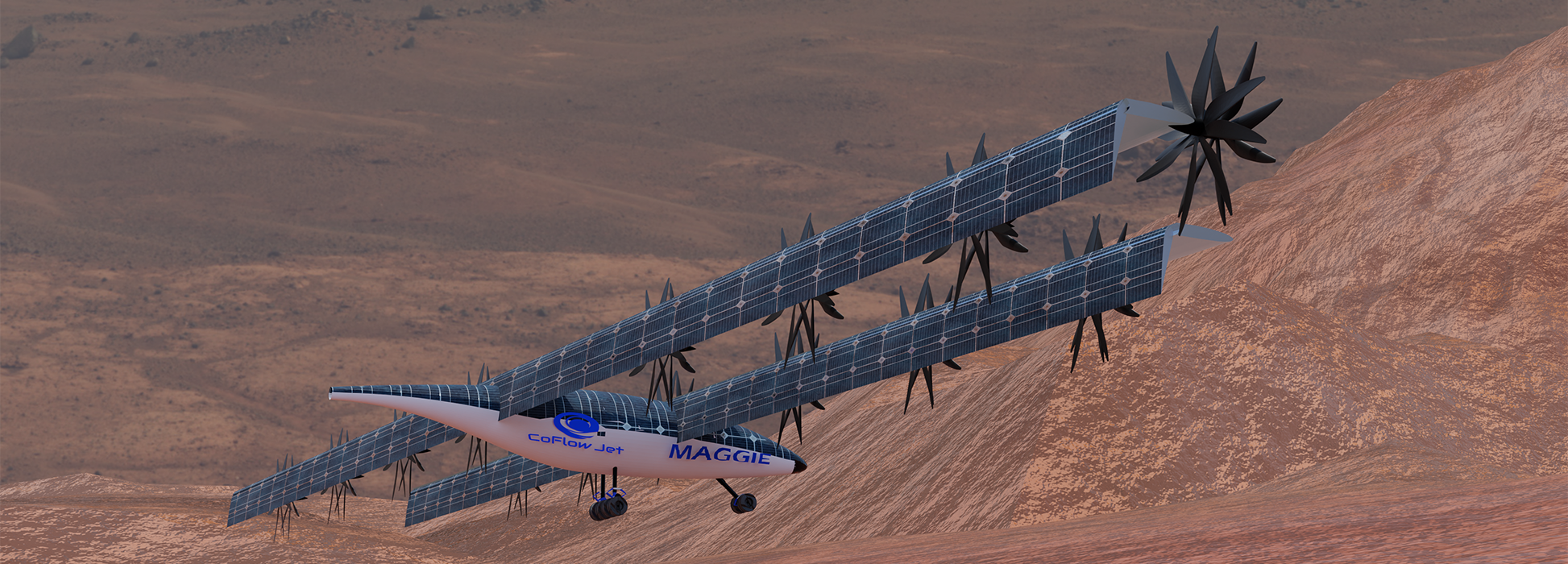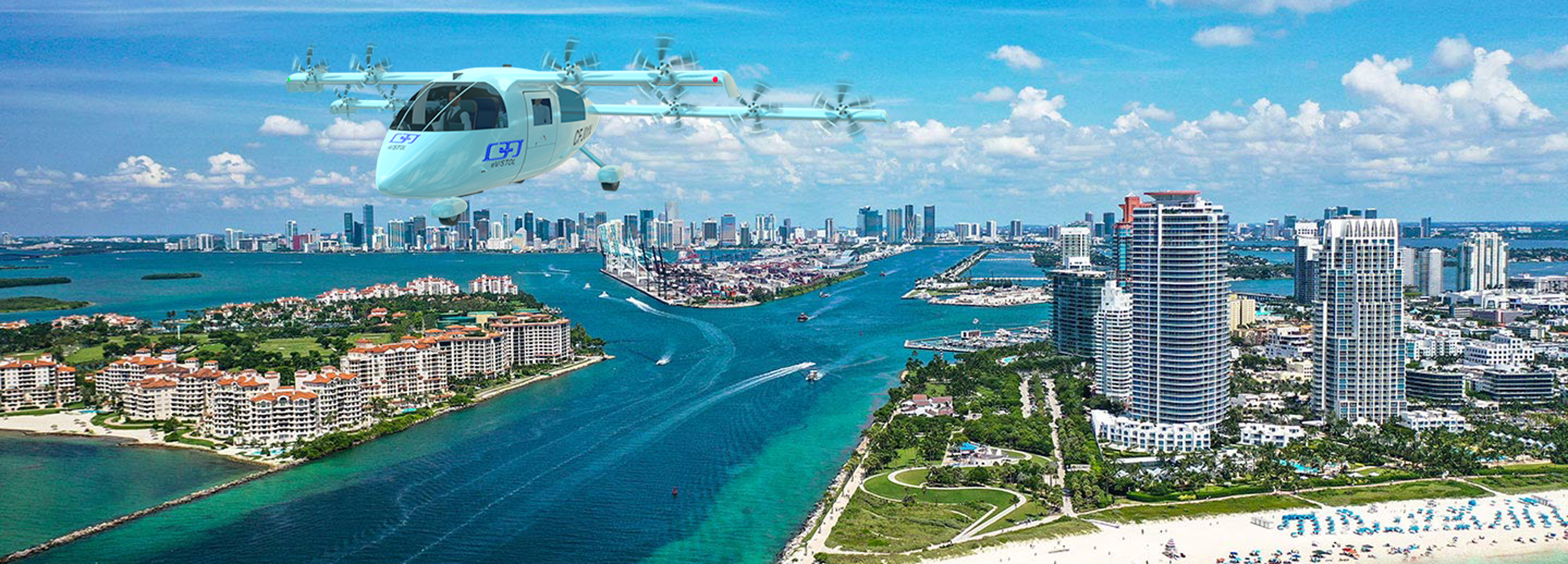Mission: We are developing the unique and superior co-flow jet(CFJ) flow control technology to transform the way we fly. In particular, we are dedicated to applying this ultra-high lift, efficient and low noise technology to electric VTOL and STOL aircraft to have zero emission and quiet flight to protect Mother Earth.
Who we are
We are a group of passionate people who are driven by the ability to promote changes and bring a new technological revolution to aviation markets.
With a mindset geared towards the limitless possibilities of the company's technology and people, we see a world with different distances and weights that can bring about a different balance in global interaction.
Our vision
With its revolutionary approach to aerodynamics, CFJ technology will not only substantially decrease the fossil fuel consumption for aviation, but also for other transportation modes. It will reduce the cost of people's travel and shipping goods, increase energy generation efficiency from hydro and wind turbines, and even enable extra-planetary flight on Mars and others.
We see the future closer and brighter.
Together, we make the world better!
What we do
We are currently focused on developing coflow jet technology for ultra-high efficiency and quiet full electric eVTOL/STOL aircraft for short haul cargo and urban transportation. Coflow Jet (CFJ) was initially created to redesign airfoil and bring innovation to a technology that has had little progress since the 1960s.
With a proprietary technology and design, CFJ has developed a solution with superior performance that can be used in aerospace, energy, maritime, automotive, and other sectors.
The development of this technology was supported by DARPA, NASA, NSF, AFRL, Air force Office of Scientific Research (AFOSR), Army Research Office (ARO), CIRA and Emil Buehler Perpetual Trust.
Technical Characteristics
- CFJ Owl-01: the first CFJ eVTOL urban vehicle.
- Range: 356 km.
- Speed: 290 km/h.
- Four seats.
- Full electric distributed propulsion.
- Weight: 2122 Kg.
- Battery energy density: 300 Wh/kg.
- Low noise.
- High safety.
- High efficiency.
- Low operating cost.






